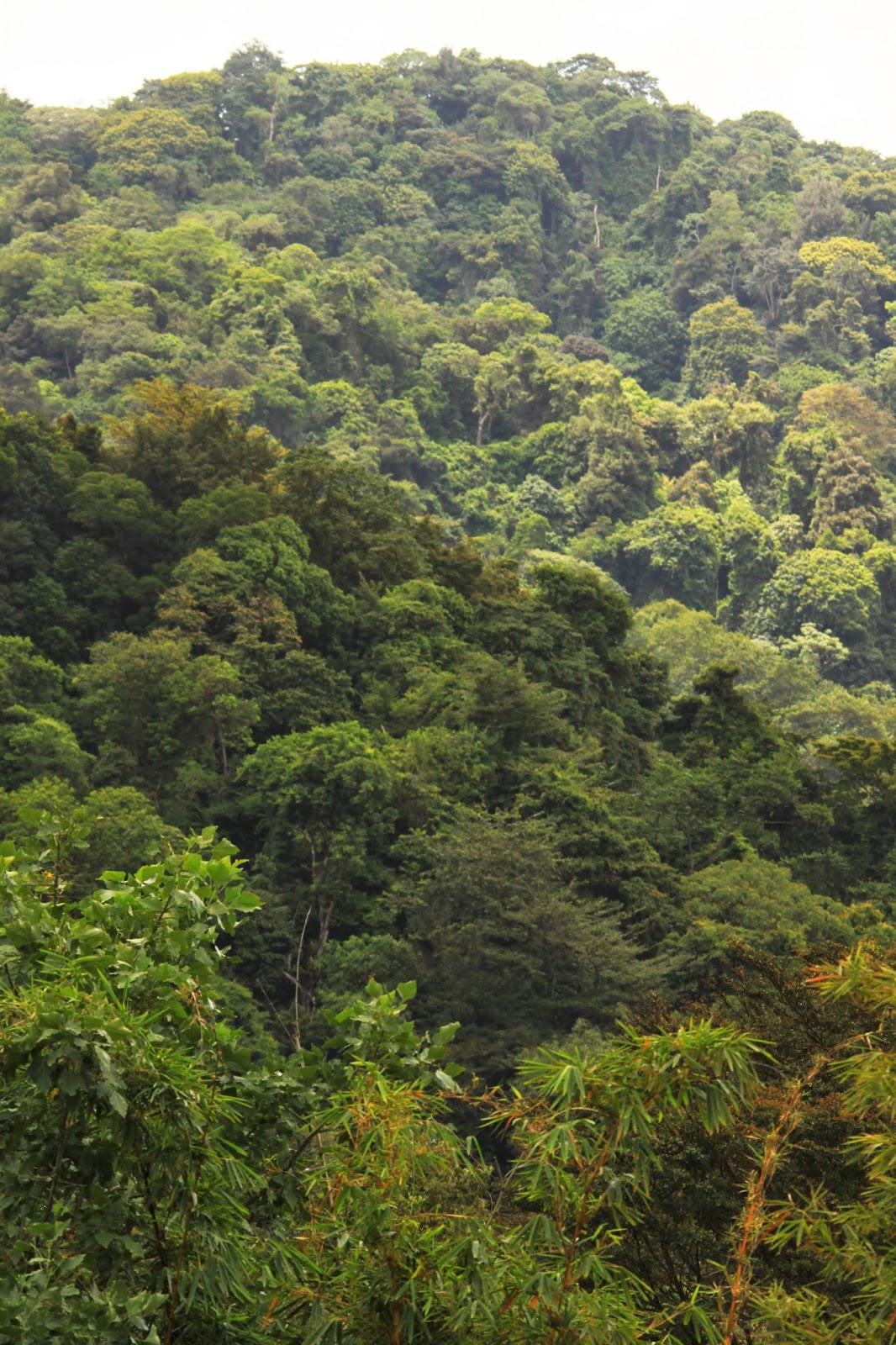Wild Guyana part 2
The Next leg of my journey took me to the
Amerindian community of Annai where the very comfortable Rock View Lodge was
the base. This lodge offers some of the best accommodation in the interior with
a particularly welcoming swimming pool. Although the lodge is not in the most
strategic position for wildlife, even here I saw a surprisingly high diversity
of wildlife including a giant anteater with a baby on its back on the savannah
just at the back of the property. We also walked up the Panorama trail here
which leads up a large hill into stunted forest. Here I saw some good birds as well
the striking yellow banded poison dart frog.
(Yellow banded poison dart frog © Ian Loyd Reef and Rainforest Tours)
(Blue and yellow macaws © Ian Loyd Reef and Rainforest Tours)
(Seasonal lake at Rewa © Ian Loyd Reef and Rainforest Tours)
The community was
exceptionally friendly and even invited me to see their school. Primates were
particularly abundant here and Venezuelan
red howler and brown and weeping capuchin, Guianan brown-bearded and white
faced saki, black spider and common squirrel monkey are all regularly spotted.
The best primate for me though was a troop of rare golden-handed tamarins which
passed through the forest bordering the lodge just before breakfast.
(Golden-handed tamarin © Ian Loyd Reef and Rainforest Tours)
(Giant otter © Ian Loyd Reef and Rainforest Tours)
The Force of the Falls
My first view of Guyana’s number one attraction was just a
cloud of mist rising from a clearing in the sea of rainforest below. As we
neared, a Mexican wave of
gasps of awe spread through the plane as we were all treated to our first views
of magnificent Kaieteur Falls. Almost every visitor to the falls arrives by
plane with this unforgettable low fly by over
the very top of the cascade their first experience. Kaieteur thunders over a precipice, plummeting two hundred and twenty
four metres, making it the longest single drop waterfall in the world.
(Kaieteur Falls © Ian Loyd Reef and Rainforest Tours)
(Kaieteur Falls © Ian Loyd Reef and Rainforest Tours)
Once on firm ground, I made my way to Johnson’s viewpoint
which is the furthest point from the falls but gave the greatest sense of
scale of this natural wonder. Here I learnt about most enduring story for the name of the falls which
is that of Kaie, a great old chief
of the local Patamona tribe who to save his people, from being destroyed by the
savage Caribishi, sacrificed himself to the Makonaima, the Great Spirit, by
canoeing himself over the falls. On the way to the next major viewpoint I
explored the unique cloud
forest ecosystem created by the microclimate of the falls. Here I enjoyed the
impressive tank bromeliads - the world’s largest and themselves home to the
tiny, endemic golden rocket frog which after some searching I eventually tracked down hiding deep
inside one of the more shaded bromeliads. Further along the trail I emerged at the aptly named
rainbow viewpoint which for me was the most impressive view of all.
(Kaieteur golden rocket frog © Ian Loyd Reef and Rainforest Tours)
(Tank bromeliads © Ian Loyd Reef and Rainforest Tours)
(Kaieteur Falls © Ian Loyd Reef and Rainforest Tours)
The final
viewpoint however was from the top of the falls, which allows you to walk right
up the edge and look down on the dramatic cascade below. The most special part of
Kaieteur that is relevant to all of Guyana though is that it has remained
natural, un-commercialised and still gives you a tremendous feeling of
adventure and discovery.














































